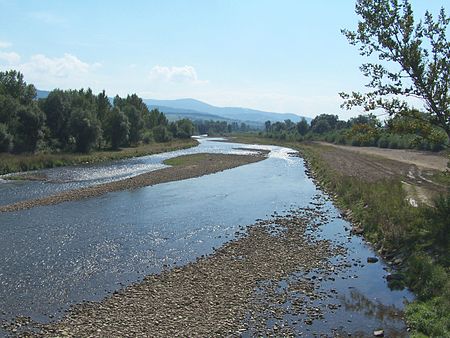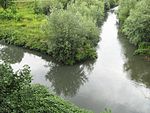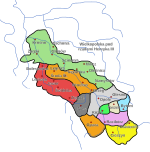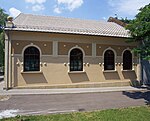Soła

The Soła (Polish: [ˈsɔwa]) is a river in southern Poland, a right tributary of the Vistula. The Soła originates in the Western Beskids mountain range near the border with Slovakia. It is made up of the confluence of several small creeks at the village of Rajcza. It runs downhill northeastwards through Żywiec Basin to the towns of Żywiec and Kęty, forming the border between the Silesian and the Żywiec Beskids. After 89 km (55 mi), the Soła empties into the Vistula River after passing through the town of Oświęcim. The river flows within metres of the Auschwitz concentration camp. The Auschwitz-Birkenau State Museum informs that the human ashes and ground bones of those murdered there were often dumped into the river.Soła flows through or near the following settlements: Rajcza, Milówka, Cisiec, Węgierska Górka, Cięcina, Radziechowy, Wieprz, Żywiec, Tresna, Czernichów, Międzybrodzie Żywieckie, Międzybrodzie Bialskie, Porąbka, Czaniec, Kobiernice, Kęty, Nowa Wieś, Hecznarowice, Bielany, Łęki, and Oświęcim.
Excerpt from the Wikipedia article Soła (License: CC BY-SA 3.0, Authors, Images).Soła
Akacjowa, gmina Chełmek
Geographical coordinates (GPS) Address Nearby Places Show on map
Geographical coordinates (GPS)
| Latitude | Longitude |
|---|---|
| N 50.053333333333 ° | E 19.246388888889 ° |
Address
Akacjowa 68
32-661 gmina Chełmek
Lesser Poland Voivodeship, Poland
Open on Google Maps










